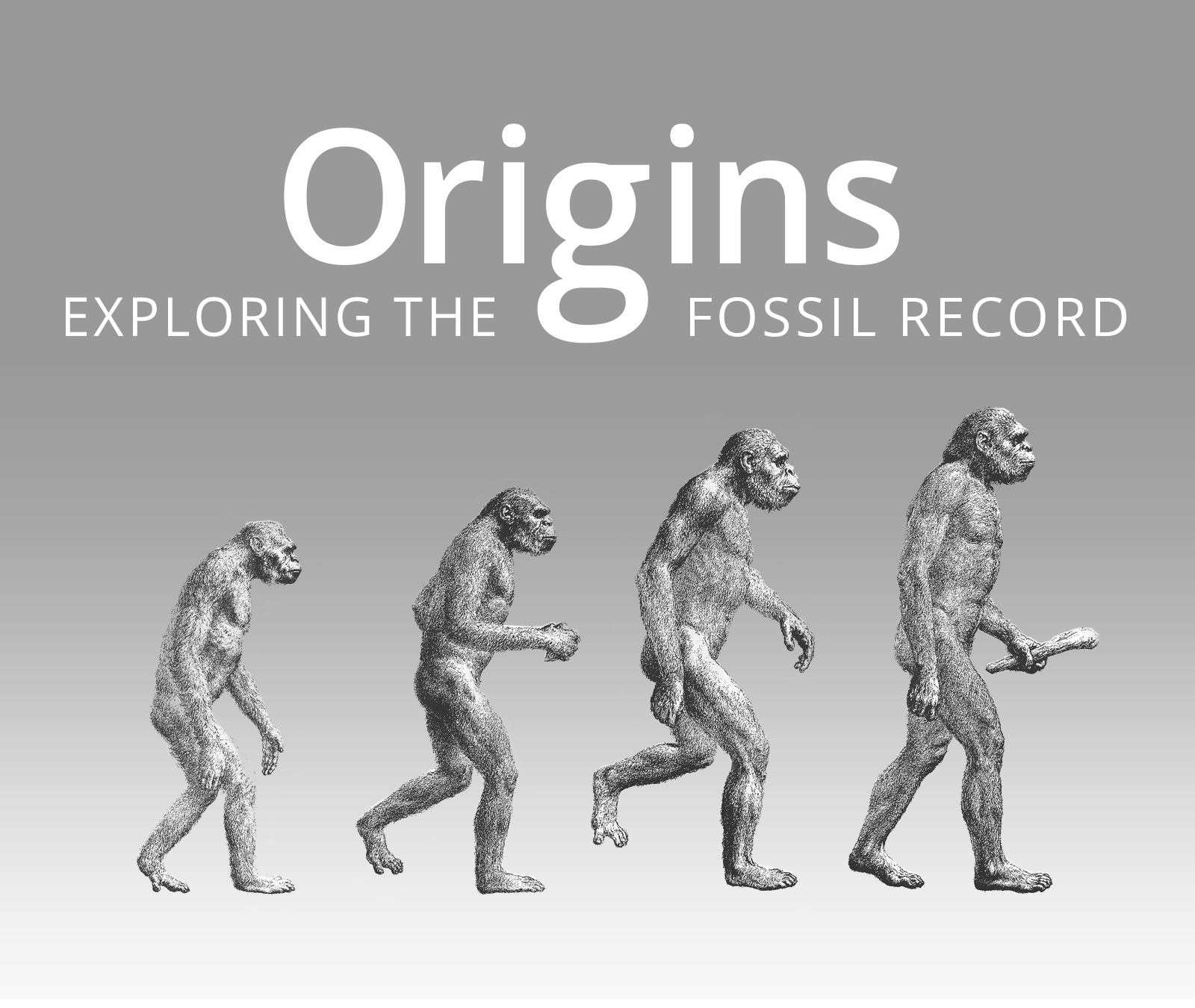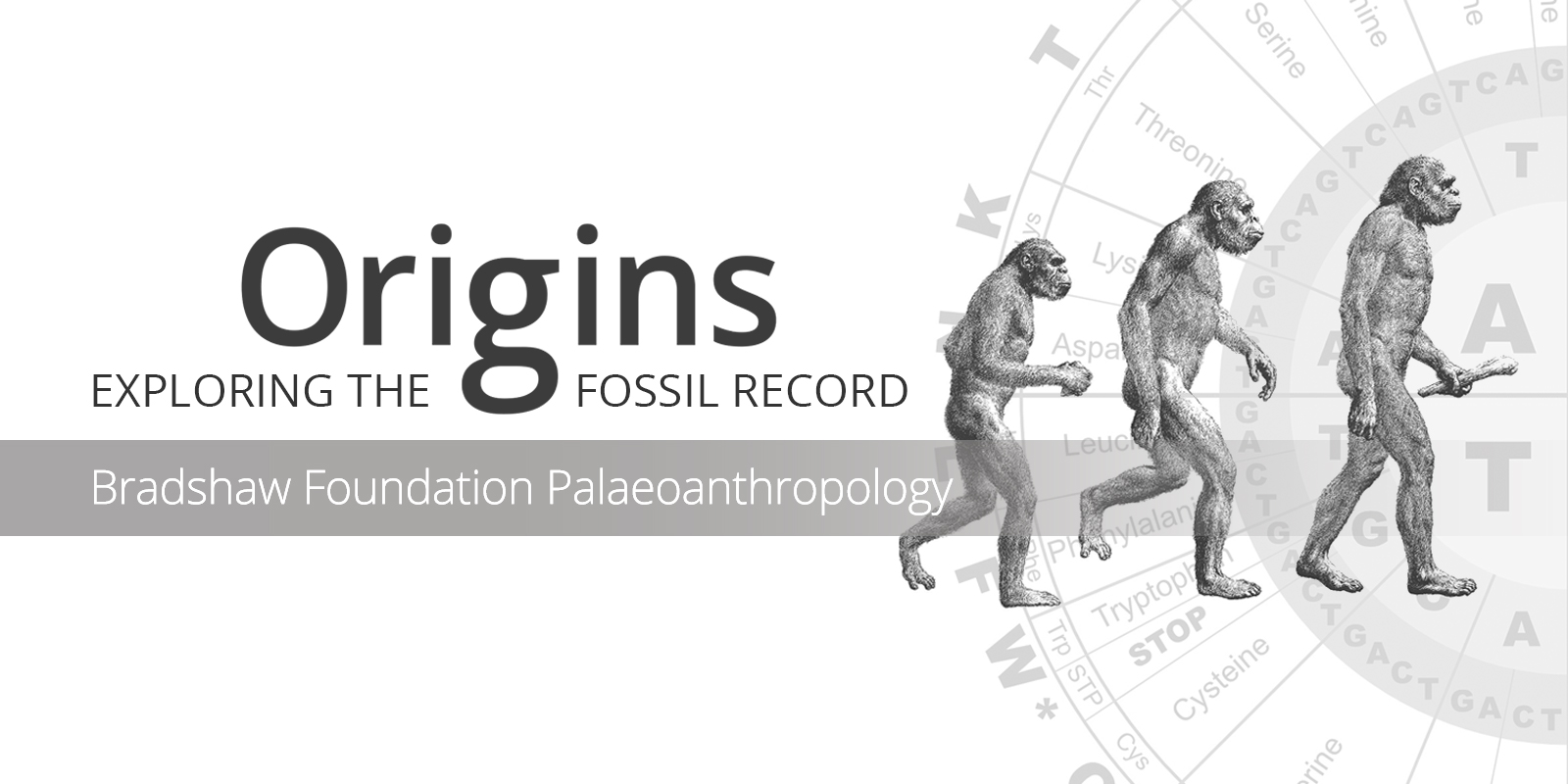Australopithecus africanus
Homo sapiens
Hominin traits
Archaeological industry/Technocomplex including art
Period in human prehistory: M = Mesolithic; N = Neolithic; B = Bronze Age; I = Iron Age;
Geological epoch
* Note: Table based past and current research and scientific consensus
Australopithecus africanus
Homo sapiens
Hominin traits
Archaeological industry/Technocomplex including art
Aur = Aurignacian; Mag = Magdalenian;
Grav = Gravettian; Sol = Solutrean
Period in human prehistory:
M = Mesolithic; N = Neolithic;
B = Bronze Age; I = Iron Age;
Geological epoch
* Note: Table based past and current research
and scientific consensus
Australopithecus africanus
| AUSTRALOPITHECUS AFRICANUS |
 |
| Genus: |
Australopithecus |
| Species: |
Australopithecus africanus |
| Other Names: |
Taung Child |
| Time Period: |
3 to 2 million years ago |
| Characteristics: |
Tool User |
| Fossil Evidence: |
Fossil sites, South Africa |
Australopithecus africanus was an early hominid, living between 3 and 2 million years ago - in the late Pliocene and early Pleistocene. It shared with its older
Australopithecus afarensis a slender build. Unlike
Australopithecus afarensis however, it had a larger brain and more humanoid facial features. It is thought to be a direct ancestor of
modern humans. Australopithecus africanus has been found at only four sites in southern Africa - Taung [1924], Sterkfontein [1935], Makapansgat [1948] and Gladysvale [1992].
The Taung fossil evidence was found by Raymond Dart, who assigned the name Australopithecus africanus, meaning 'southern ape of Africa’, and the soubriquet 'Taung Child'. He claimed the species was intermediate between apes and humans. The further discoveries confirmed this as a new genus.
Makapansgat is also the site of the discovery of the Makapansgat pebble. This is a 260-gram jasperite cobble with natural chipping and wear patterns that make it look like a crude rendition of a human face. The pebble, found some distance from any possible natural source, was in the possesion of a female Australopithecus africanus.
The pebble was not a manufactured object, but it was possibly recognized it as a symbolic face, and treasured as such. This would make it the oldest known sculpture, or manuport [a natural object which has been moved from its original context by human agency but otherwise remains unmodified] known.
Like
Australopithecus afarensis, Australopithecus africanus, the South African counterpart, was a bipedal hominid with arms slightly larger than the legs. Despite its slightly more human-like cranial features, other more primitive features including ape-like curved fingers for tree climbing are also present. It had a pelvis that was built for slightly better bipedalism than that of
Australopithecus afarensis. Researchers believe the hominin, instead of being a direct ancestor of more modern hominins, evolved into Paranthropus.
The Smithsonian National Museum of Natural History provides an overview of Australopithecus africanus: Australopithecus africanus was anatomically similar to Australopithecus afarensis, with a combination of human-like and ape-like features. Compared to Australopithecus afarensis, Australopithecus africanus had a rounder cranium housing a larger brain and smaller teeth, but it also had some ape-like features including relatively long arms and a strongly sloping face that juts out from underneath the braincase with a pronounced jaw. Like Australopithecus afarensis, the pelvis, femur (upper leg), and foot bones of Australopithecus africanus indicate that it walked bipedally, but its shoulder and hand bones indicate they were also adapted for climbing.

Rendering of Australopithecus africanus
Artwork © John Gurche
The Taung child, found in 1924, was the first to establish that early fossil humans occurred in Africa. After Prof. Raymond Dart described it and named the species Australopithecus africanus (meaning southern ape of Africa), it took more than 20 years for the scientific community to widely accept Australopithecus as a member of the human family tree.
No stone tools have been discovered in the same sediments as Australopithecus africanus fossils; however, for a long time researchers believed Australopithecus africanus was a hunter. Raymond Dart created the term ‘osteodontokeratic’ culture (osteo = bone, donto = tooth, keratic = horn) in the 1940s and 1950s because remains of this species were found alongside broken animal bones. Dart assumed these broken animal bones, teeth and horns were used by Australopithecus africanus as weapons; however, in the 1970s and 1980s, other scientists began to recognize that predators such as lions, leopards, and hyenas were instead responsible for leaving these broken animal bones. These predators even ate Australopithecus africanus individuals, too.
Despite the carnivorous preferences of their contemporaneous predators, Australopithecus africanus individuals had a diet similar to modern chimpanzees, which consisted of fruit, plants, nuts, seeds, roots, insects, and eggs.
In 2015 researchers posited that Australopiths had use of stone tools much earlier than was previously thought. Scientists have produced the first research findings to support archaeological evidence for stone tool use among early humans such as fossil australopiths between 3 and 2 million years ago.
An article in www.sciencedaily.com reports on the recent research on pre-Homo human ancestral species, such as Australopithecus africanus, using human-like hand postures.
According to the article the distinctly human ability for forceful precision and gripping is linked to two key evolutionary transitions in hand use: a reduction in arboreal climbing and the manufacture and use of stone tools. However, it is unclear when these locomotory and manipulative transitions occurred.
This research has been published in Science - Human-like hand use in Australopithecus africanus: M. M. Skinner, N. B. Stephens, Z. J. Tsegai, A. C. Foote, N. H. Nguyen, T. Gross, D. H. Pahr, J.-J. Hublin, T. L. Kivell. Science, 2015; 347 (6220): 395 DOI:10.1126/science.1261735.
The research is based on examining the internal spongey structure of bone called trabeculae. The researchers first examined the trabeculae of hand bones of humans and chimpanzees. They found clear differences between humans, who have a unique ability for forceful precision gripping between thumb and fingers, and chimpanzees, who cannot adopt human-like postures. This unique human pattern is present in known non-arboreal and stone tool-making fossil human species, such as Neanderthals.
The research went on to demonstrate that Australopithecus africanus has a human-like trabecular bone pattern in the bones of the thumb and palm (the metacarpals) consistent with forceful opposition of the thumb and fingers typically adopted during tool use.
Stone tool use in australopiths is becomming generally accepted; this appears to be further evidence that our early ancestors used human-like hand postures at this time, between 3 and 2 million years ago.
Australopithecus africanus is also associated with possible cognitive and cultural developments, due to the discovery of the Makapansgat pebble. It is a 260g. jasperite cobble with natural chipping and wear patterns that make it look like a crude rendition of a human face. The pebble, found some distance from any possible natural source, was in the possesion of a female Australopithecus africanus. The pebble was not a manufactured object, but it was possibly recognized it as a symbolic face, and treasured as such. This would make it the oldest known sculpture, or manuport known.












